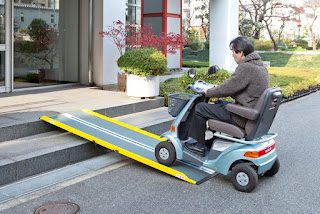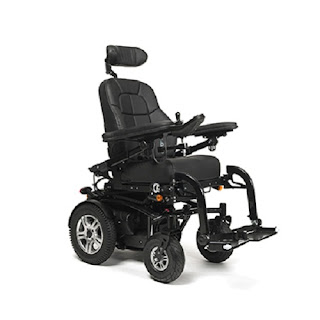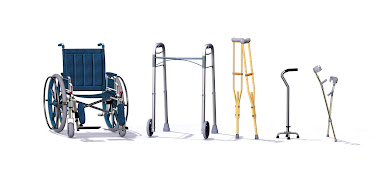Ergonomic Design: Comfort and Functionality in Wheelchairs
When it comes to mobility aids,wheelchairsplay a vital role in enhancing the quality of life for individuals with mobility challenges. The comfort and functionality of a wheelchair are crucial factors that can greatly impact the independence and well-being of wheelchair users.
In this blog post, we will explore the importance of ergonomic design if you searching for Best wheelchairs for sale NZ and how it contributes to both comfort and functionality in a friendly and approachable manner.
Understanding Ergonomic Design in Wheelchairs
Ergonomic design refers to the creation of products that are optimised for human use, taking into consideration factors such as comfort, efficiency, and safety. When it comes to wheelchairs, ergonomic design involves considering the unique needs and physical requirements of wheelchair users to create a chair that is comfortable, supportive, and easy to use.
Importance of Ergonomic Design in Wheelchairs
Ergonomic design is essential in wheelchairs for several reasons.
- Comfort
Comfort is paramount for individuals who rely on wheelchairs for their mobility. An ergonomically designed wheelchair takes into account factors such as seating position, padding, and adjustability to ensure optimal comfort. Features such as contoured backrests, supportive cushions, and adjustable armrests and leg rests contribute to reducing pressure points and promoting proper posture, providing a comfortable seating experience for wheelchair users.
- Pressure Relief
Wheelchair users often spend extended periods sitting in their chairs, which can lead to pressure sores and discomfort. Searching for wheelchairs for sale NZ with ergonomic design principles addresses this issue by incorporating features such as pressure-relieving cushions and adjustable seating positions. These features help distribute pressure evenly, reducing the risk of pressure sores and promoting better blood circulation.
- Customisability
Each individual has unique physical characteristics and needs. Ergonomic design allows for customisation of wheelchairs to accommodate the specific requirements of the user. Adjustable seating, backrests, armrests, and leg rests, as well as the ability to modify the chair's height and angle, enable wheelchair users to find the most comfortable and supportive configuration for their individual needs.
- Manoeuvrability and Functionality
Ergonomic design also considers the manoeuvrability and functionality of wheelchairs. The wheelbase, wheel size, and position of the wheels are optimised to ensure smooth and efficient movement. Ergonomically designed wheelchairs often have a lightweight and durable frame, making them easier to propel and navigate through various environments. Additionally, ergonomic features such as easy-to-reach brakes, adjustable footplates, and intuitive controls contribute to the overall functionality of the wheelchair.
Conclusion
Ergonomic design in wheelchairs for sale NZ is essential to provide comfort and functionality to wheelchair users. By focusing on comfort, pressure relief, customisability, and manoeuvrability, wheelchair manufacturers can create mobility aids that enhance the quality of life for individuals with mobility challenges. If you or a loved one relies on a wheelchair, consider the importance of ergonomic design when selecting a wheelchair. Consulting with healthcare professionals and mobility experts can help you find a wheelchair that meets your specific needs and ensures a comfortable and functional experience. Choose an ergonomically designed wheelchair and embrace the freedom and independence it can provide.




Comments
Post a Comment